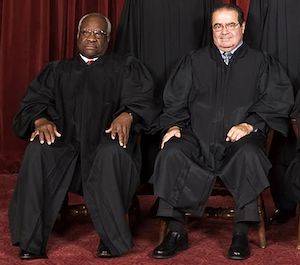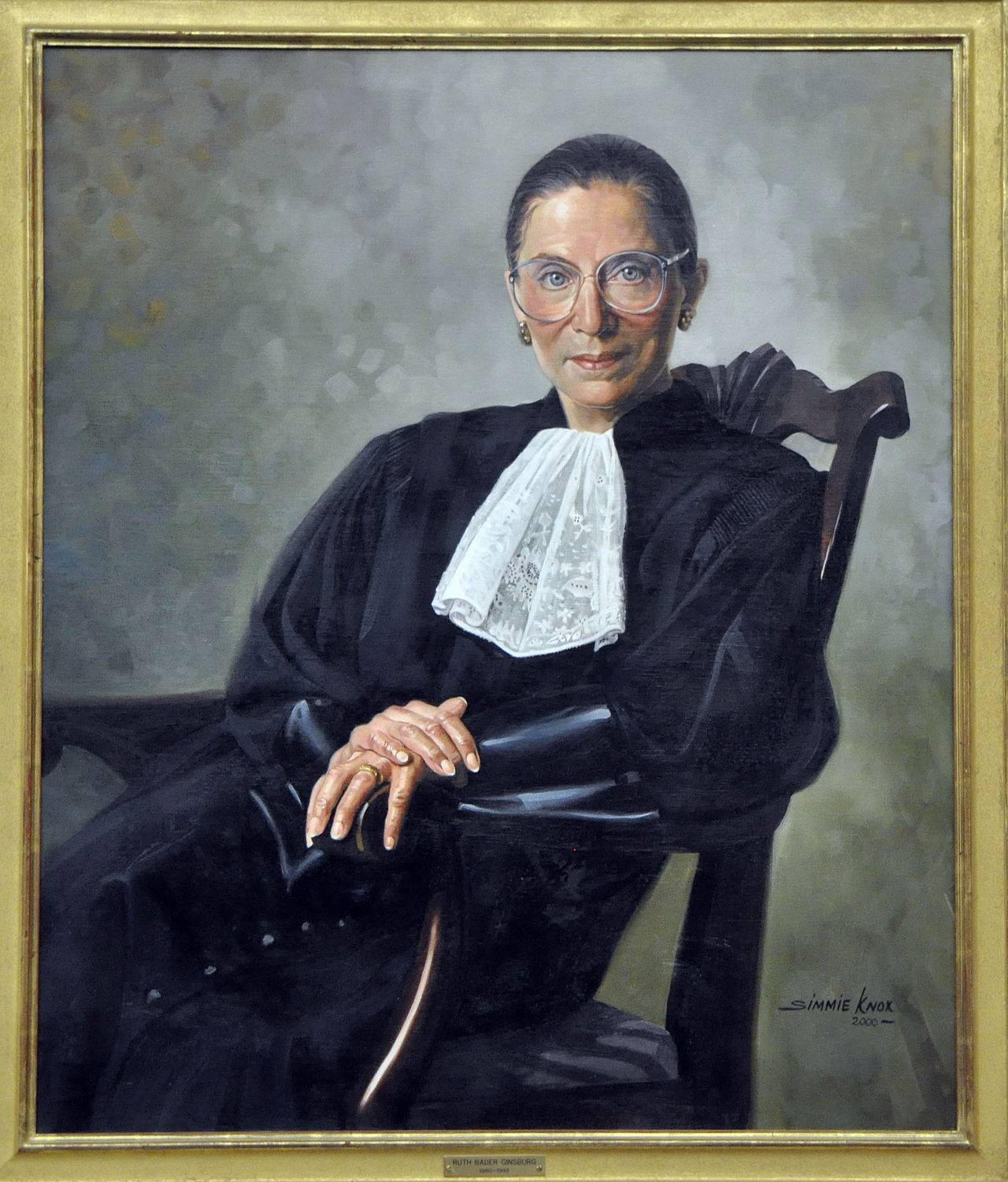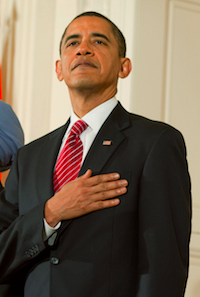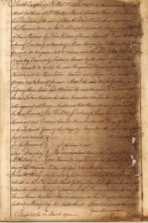Winter is coming: the future of First Amendment analysis, and the prospects for New York Times v Sullivan, after NYSR&PA v Bruen
 Cold winds now blow in the US Supreme Court around the stability of a century’s worth of First Amendment doctrine; even New York Times Co v Sullivan 376 US 254 (1964), the most stable of that Court’s speech precedents, now seems in danger of being blown away in the storm, thanks to the recent decision in New York State Rifle and Pistol Association v Bruen 597 US __ (2022) (Opinion pdf | Cornell | Justia | SCOTUSblog). In an earlier post on this blog, I considered the potential impact on the First Amendment of Thomas J’s originalist reasoning in the Second Amendment case of New York State Rifle and Pistol Association v Bruen, and found some distinctly chilly zephyrs. Thomas J for the majority (Roberts CJ, and Alito, Gorsuch, Kavanaugh, and Barrett JJ concurring) held that a restriction on carrying arms in public for self-defense reasons was inconsistent with the Nation’s historical tradition of firearms regulation and was thus unconstitutional. Thomas J explicitly eschewed any standard of review such as strict or intermediate scrutiny, and it was with this that the minority (Breyer J; Sotomayor and Kagan JJ concurring) took most issue. This is nuts. Worse, in Bruen, Thomas J asserted some similarities in analysis between the Second Amendment and the First.…
Cold winds now blow in the US Supreme Court around the stability of a century’s worth of First Amendment doctrine; even New York Times Co v Sullivan 376 US 254 (1964), the most stable of that Court’s speech precedents, now seems in danger of being blown away in the storm, thanks to the recent decision in New York State Rifle and Pistol Association v Bruen 597 US __ (2022) (Opinion pdf | Cornell | Justia | SCOTUSblog). In an earlier post on this blog, I considered the potential impact on the First Amendment of Thomas J’s originalist reasoning in the Second Amendment case of New York State Rifle and Pistol Association v Bruen, and found some distinctly chilly zephyrs. Thomas J for the majority (Roberts CJ, and Alito, Gorsuch, Kavanaugh, and Barrett JJ concurring) held that a restriction on carrying arms in public for self-defense reasons was inconsistent with the Nation’s historical tradition of firearms regulation and was thus unconstitutional. Thomas J explicitly eschewed any standard of review such as strict or intermediate scrutiny, and it was with this that the minority (Breyer J; Sotomayor and Kagan JJ concurring) took most issue. This is nuts. Worse, in Bruen, Thomas J asserted some similarities in analysis between the Second Amendment and the First.…




